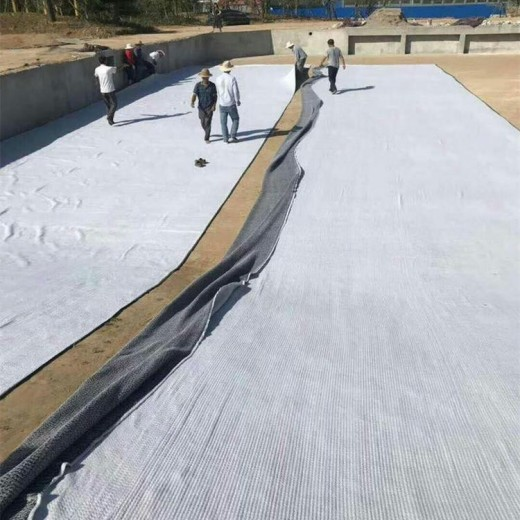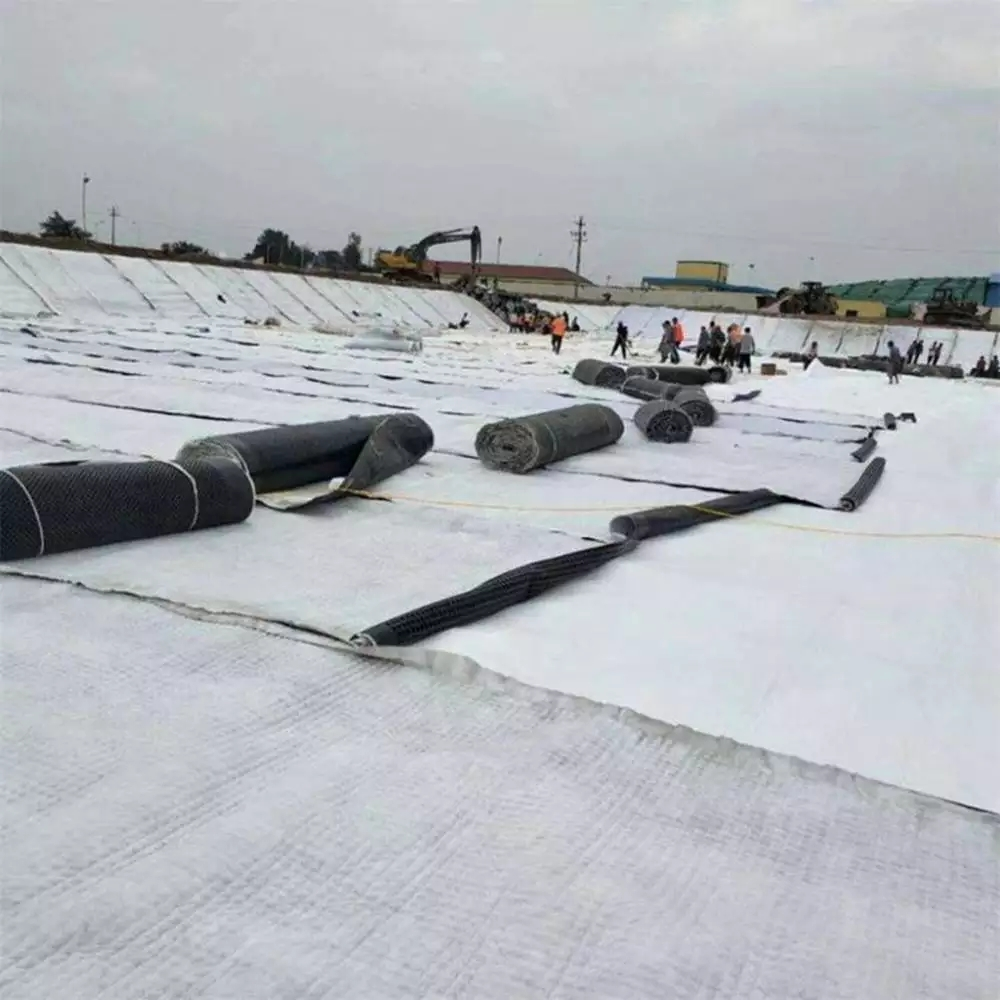Geosynthetic Clay Liners (GCLs), Felting Needles, and Geotextiles play vital roles in various sectors such as civil engineering, environmental protection, and crafting. Each of these materials serves different purposes and applications, contributing to a wide range of projects and products.
Geosynthetic Clay Liners (GCLs) are engineered materials used for containment applications, such as in landfill lining systems, environmental containment areas, and water containment structures. GCLs typically consist of layers of geotextiles and bentonite clay, engineered to provide a low-permeability barrier. The geotextiles serve as the carrier for the bentonite clay, enhancing the material's strength and durability. GCLs offer excellent hydraulic performance, chemical resistance, and puncture resistance, making them suitable for various containment applications.
Felting needles are essential tools used in the art and craft of needle felting. Needle felting is a technique that involves interlocking and compressing wool fibers to create felted objects such as sculptures, ornaments, and textiles. Felting needles have barbed surfaces that entangle the wool fibers when repeatedly jabbed into a material, allowing for the manipulation and shaping of the fibers. These needles come in various shapes and sizes, each serving different purposes in the felting process, including sculpting, detailing, and smoothing the surface of the felted material.
Geotextiles are permeable fabrics commonly used in civil engineering and environmental applications. These textiles are designed to provide reinforcement, filtration, separation, and drainage in various construction projects, including roads, railways, embankments, retaining structures, and erosion control systems. Geotextiles are manufactured from synthetic materials, such as polypropylene or polyester, and are engineered to withstand the harsh conditions of construction sites while offering excellent filtration and drainage capabilities.
The combination of these materials, albeit in different fields, showcases their versatility and importance in modern applications. The engineering and construction sector often relies on the properties of geosynthetic materials like GCLs and geotextiles to ensure the durability, stability, and sustainability of infrastructure projects. The use of geosynthetics reduces environmental impact and improves the long-term performance of engineered structures, making them essential components of modern construction practices.
Conversely, in the realm of art and crafts, felting needles play a significant role in the hands of artists and artisans who utilize them to manipulate fibers and create intricate and unique felted pieces. The versatility of felting needles allows for the realization of diverse artistic visions, from realistic animal sculptures to abstract textile artworks, showcasing the creative potential of these simple yet powerful tools.
In conclusion, while these materials and tools may seemingly belong to different realms, they all underscore the importance of material innovation, engineering excellence, and creative expression. Whether it's providing structural stability in civil engineering, enabling artistic creation in crafting, or facilitating environmental protection, the versatility and utility of geosynthetic clay liners, felting needles, and geotextiles make them indispensable in their respective applications, contributing to the advancement of various fields and industries.


Post time: Jan-04-2024
